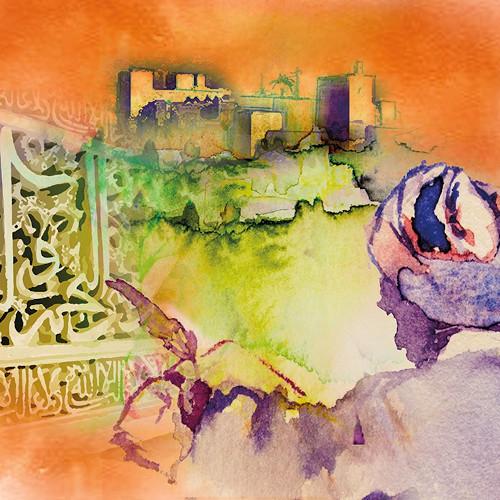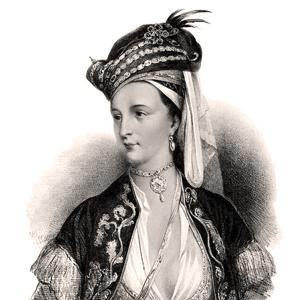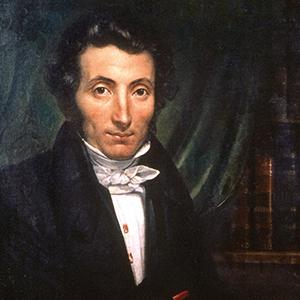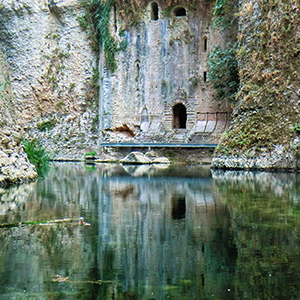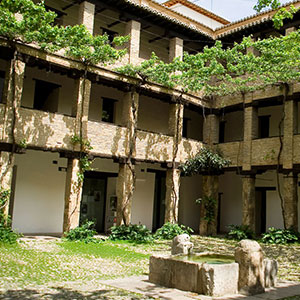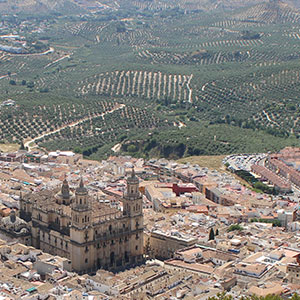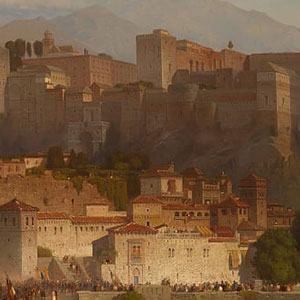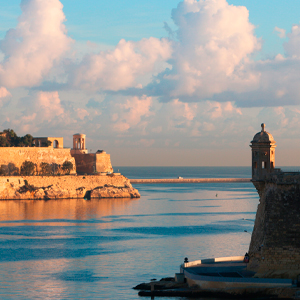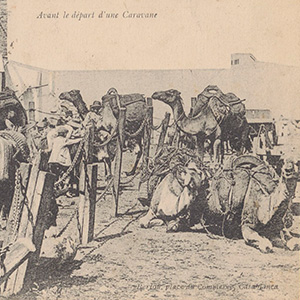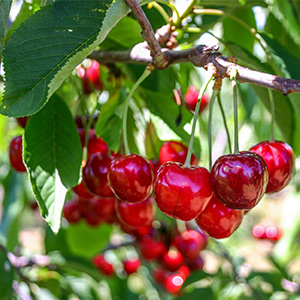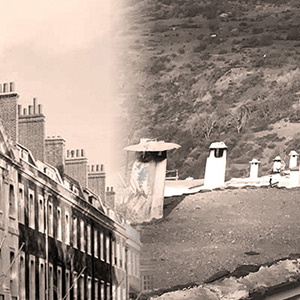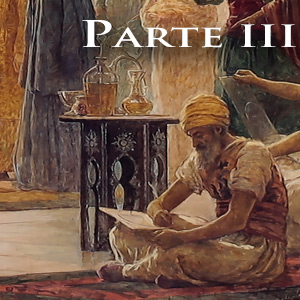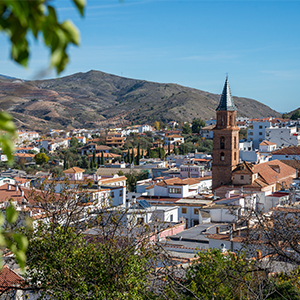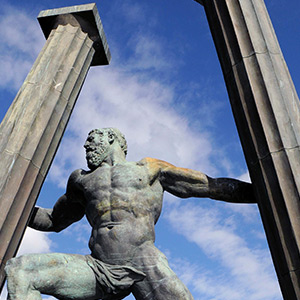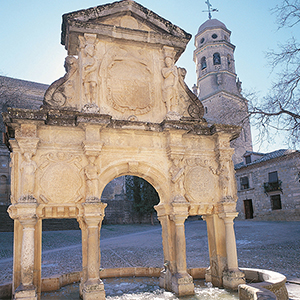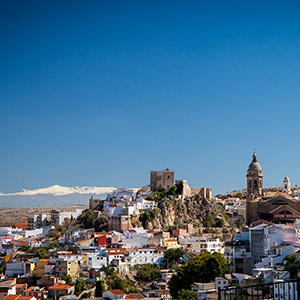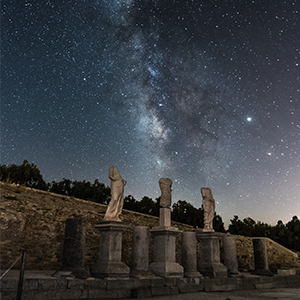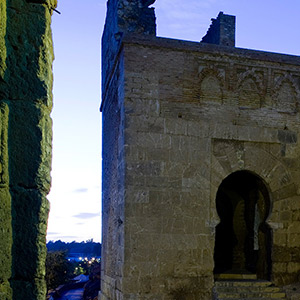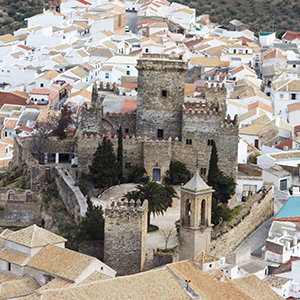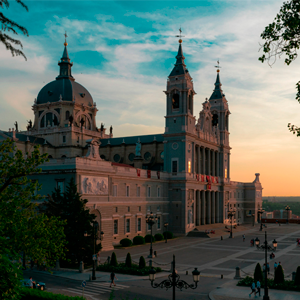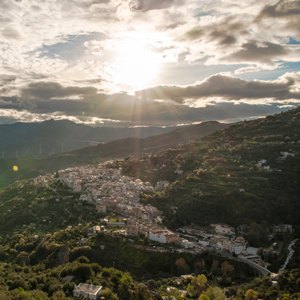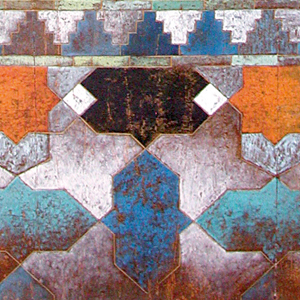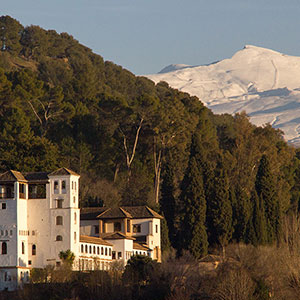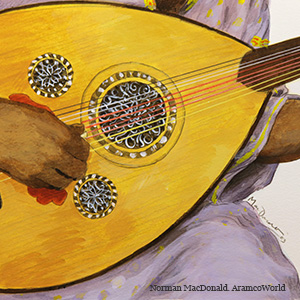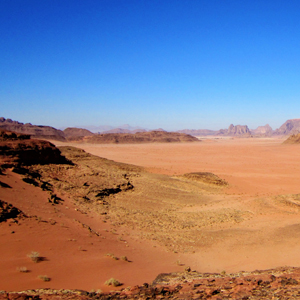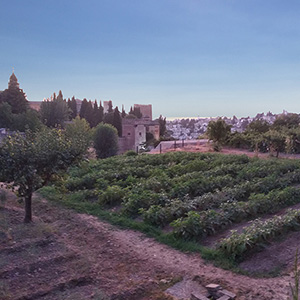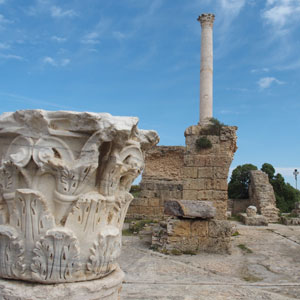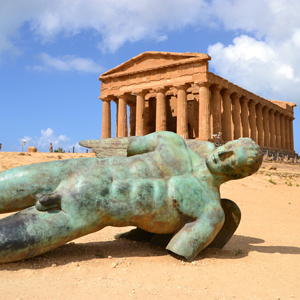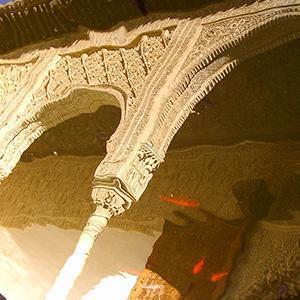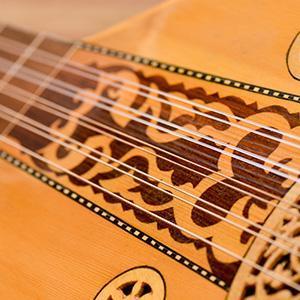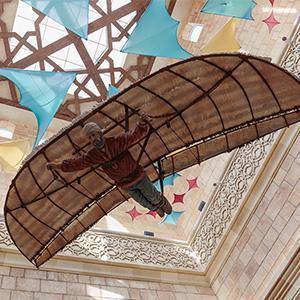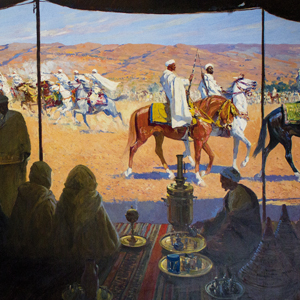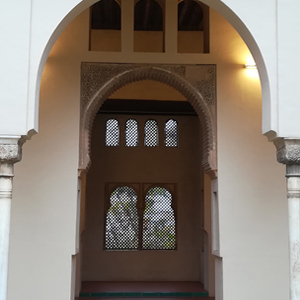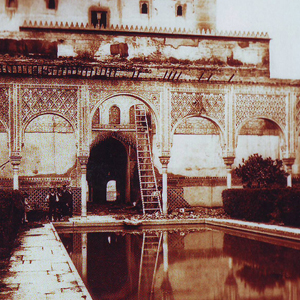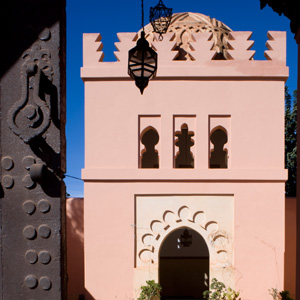Magazine
The double lives of Ibn al-Khatib
Ibn al-Khatib was more than a politician and prolific, polymath writer in the brilliant court of Nasrid kings Yusuf I and Muhammad V. His poems, inscribed on the Alhambra’s walls, did not foreshadow the tragic end of his hazardous life.
Lady Mary Wortley Montagu, an Englishwoman in the harem
PART II
The aristocrat’s records of voyage reveal to us how she changed public attitudes towards women’s rights and other issues…
Lady Mary Wortley Montagu, an Englishwoman in the harem
PART I
The aristocrat’s records of voyage reveal to us how she changed public attitudes towards women’s rights and other issues…
René Caillié, The Unveiling of Timbuktu
“Al fin llegamos felizmente a Tombuctú, en el momento en que el sol tocaba el horizonte. Veía por fin esta capital del Sudán que desde hacía tanto tiempo era objeto de todos mis deseos. […] Recuperado de mi entusiasmo, comprobé que el espectáculo que tenía ante mis ojos no respondía a mis expectativas”.
Voyage à Tombuctú. René Caillié
Between the Alhambra and Timbuktu.
Abu Ishaq al-Sahili, Desert Architect and Bridge Between Civilizations
Arab-Norman Palermo, a reflection of al-Andalus
Umar ibn Hafsun and Bobastro.
A character for a historic city
Ibn Arabi of Murcia: al-Shaykh al-Akbar.
The Greatest Master
A knight without sword.
Boabdil’s (three) swords
Samarkand, in the heart of the Silk Route
Ibn al Shaykh of Malaga dazzled by the Lighthouse of Alexandria
PART II
Ibn al Shaykh of Malaga dazzled by the Lighthouse of Alexandria
PART I
Leo Africanus: caravan was his homeland and his life the most unexpected crossing
Al-Ghazal from Byzantium to the Viking country
By the mid-9th century travelling across the Mediterranean could be very dangerous, especially for an old man like al-Gazal, who had earned a position in the Cordoban court good enough to be put out on such a hazardous endeavour.
Al-Ghazal from Byzantium to the Viking country
By the mid-9th century travelling across the Mediterranean could be very dangerous, especially for an old man like al-Gazal, who had earned a position in the Cordoban court good enough to be put out on such a hazardous endeavour.
Ibn Battuta, the traveller of Islam
The mystery of the Moor King’s Water Mine of Ronda
Alí Mandri, from Granada to the White Dove. The emigration of a free man.
The alhóndigas of Granada
The story of the Arma, the Andalusi diaspora in sub-Saharan Africa
Jaén, for whoever looks for it
The discovery of Granada by the French Romantics
Ignacio de las Casas, a morisco wise Jesuit a peacemaker between two worlds
The upheavals that Granadan society experienced in the 16th century, after the uncanny finding of the so-called Sacromonte Leaden Books, and the Morisco issue, gave voice to…
Ignacio de las Casas, a morisco wise Jesuit a peacemaker between two worlds
The upheavals that Granadan society experienced in the 16th century, after the uncanny finding of the so-called Sacromonte Leaden Books, and the Morisco issue, gave voice to…
Montefrío, the horizon as a limit
Münzer, a journey through Spain in the sixteenth century
In the year 1495, just three years after the Catholic Monarchs had conquered Granada, a German traveller, Doctor Jerome Münzer visited Granada. He left us an important chronicle about …
Münzer, a journey through Spain in the sixteenth century
In the year 1495, just three years after the Catholic Monarchs had conquered Granada, a German traveller, Doctor Jerome Münzer visited Granada. He left us an important chronicle about …
Valle del Zalabí. A primitive landscape
From the al-Andalus that still survives
The African deed of Judar Pasha
Al-Idrisi and The book of Roger
Antequera: art, history and culture
Napoleon’s encyclopedia, the richest museum in the world
Marchena, an inheritance with no waste
Malta’s Mediterranean sayings, a linguistic conundrum
Arcos de la Frontera, a dragon made in lime and stone
Ali Bey, or Domingo Badía, a spanish traveller of the enlightenment around the Arab world
Almería
The gold of the Alhambra
Castillo de Locubín. The anvil of time
Gerald Brenan, and the literary spirit of Bloomsbury in the Alpujarra
Medina Sidonia, a crown without a king
The Blind Man of Cabra and popular poetry in al-Andalus.
Part III
Osuna, landscape and figures
The Blind Man of Cabra and popular poetry in al-Andalus.
Part II
Fondón, kingdom of El Rey Chico according to legend
The Blind Man of Cabra and popular poetry in al-Andalus.
Part I
Jerez, city of three worlds
Images of mills and the Albolafia of Córdoba
Grazalema, on the underside of History
Beyond the pillars of Hercules
Part II
The Arabs knew the Canary Islands through Ptolemy, and called them Jaza’ir al-Khalidat, “The Eternal Isles,” presumably a version of the Greek name. Some sources speak of these islands as if they were legendary, telling us for example …
Beyond the pillars of Hercules
Part I
For the Latin Middle Ages, the Atlantic was Mare Tenebrosum; for the Arabs, Bahr al-Zulamat. Both meant “The Sea of Darkness,” and anyone who has looked west …
Baeza, oblivion and presence
Bibarrambla, from al-Andalus to the Christian era
Loja, amid snow and wheat
Al-Andalus and Occitania
Baena, in the High Land domains
The vanished Arab monuments of Granada
Niebla, alone and distant
Benjamin of Tudela: through sacred geography
The account, of an anthropological nature, collects observations from the countries he visited in the 12th century, with emphasis on Jewish communities.
Zuheros, the memorable view
Abu Hamid al-Garnati and the wonders of the world
Espejo, the sentinel on the hill
Saints and romerías in the Maghreb and Andalusia
Ronda, the city of a hundred views
Priego in its labyrinth
Maŷrit, el Madrid andalusí (Parte II)
Madjrit, al-Andalus’ Madrid (Part I)
Lanjarón: A poet’s dream
Glorious tiles
The awareness of landscape in al-Andalus
The renowned historian Ibn al-Khatib, stateman, philosopher, literary man and doctor …

